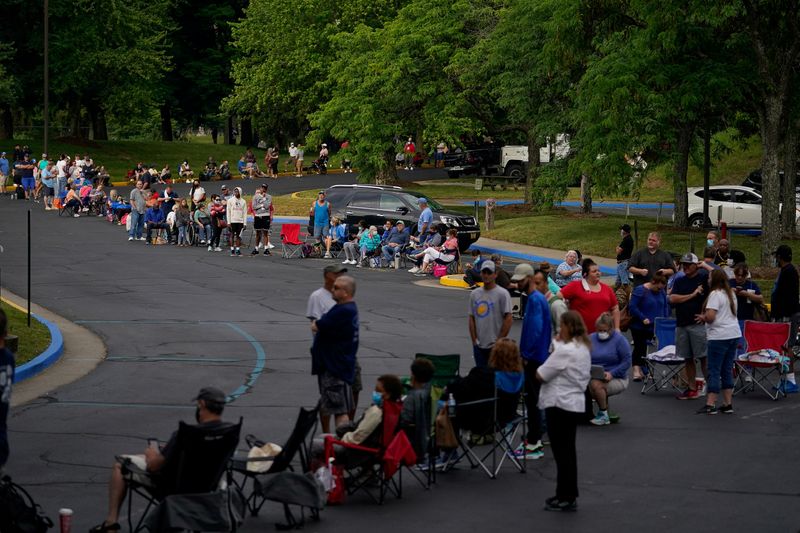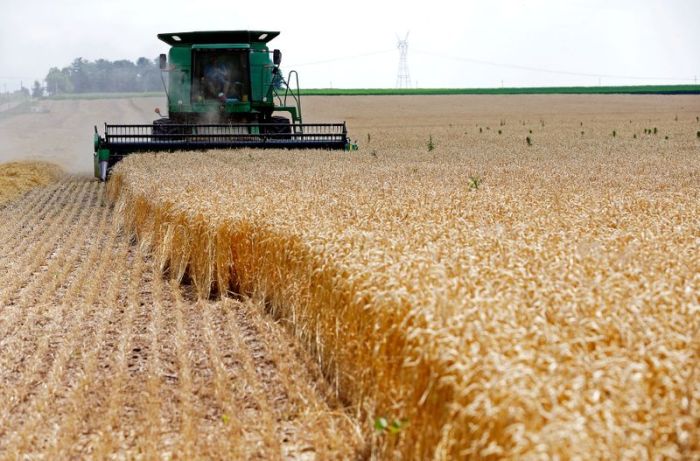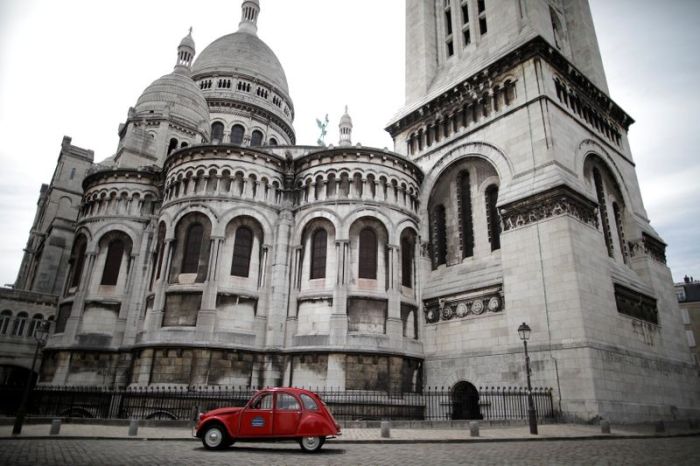WASHINGTON (Reuters) – The U.S. economy created jobs at a record clip in June as more restaurants and bars reopened, but 31.5 million Americans were collecting unemployment checks in the middle of the month, and a resurgence in COVID-19 cases suggested the labor market could suffer a setback in July.
Record spikes in new coronavirus infections in large parts of the country, including Arizona and the highly-populated states of California, Florida and Texas, have forced several jurisdictions to scale back or pause reopenings, and send some workers back home.
The flare-up in the respiratory illness, which started in late June and hit bars and restaurants hard, was not captured in the Labor Department’s closely watched monthly employment report published on Thursday because the government surveyed businesses in the middle of the month.
“June may be the calm before the storm,” said Chris Rupkey, chief economist at MUFG in New York. “We cannot be sure the labor market recovery will continue at a speed that is sufficient to put the millions and millions of Americans made jobless in this recession back to work.”
Nonfarm payrolls surged by 4.8 million jobs in June, the most since the government started keeping records in 1939. Payrolls rebounded 2.699 million in May after a historic plunge of 20.787 million in April.
Economists polled by Reuters had forecast payrolls would increase by 3 million jobs in June. Still, employment is 14.7 million jobs below its pre-pandemic level. The jobs recouped are for workers who were temporarily unemployed.
President Donald Trump, whose opinion poll numbers have tanked as he struggles to manage the pandemic, economic crisis and protests over racial injustice four months before the Nov. 3 election, hailed the job gains as proof “our economy is roaring back.”
Though the second straight month of strong hiring added to a stream of data, including consumer spending, in suggesting that the recession which started in February was likely over, that is all history as the coronavirus rages.
Federal Reserve Chair Jerome Powell this week said the economic outlook “is extraordinarily uncertain” and would depend on “our success in containing the virus.”
Hiring last month was boosted by the typically low-paying leisure and hospitality industry, which brought back 2.1 million jobs, accounting for about two-fifths of the rise in payrolls.
The return of these workers pushed down average wages 1.2%. Companies are cutting wages and hours. The average workweek dropped to 34.5 hours from 34.7 hours in May.
The measurement of the unemployment rate continued to be biased downward by people misclassifying themselves as being “employed but absent from work” last month. The jobless rate fell to 11.1% from 13.3% in May.
Without the misclassification, it would have been 12.3%. The unemployment rate is 7.6 percentage points above its February level. Unemployment dropped for all gender and demographic groups, though joblessness stayed disproportionately high among Blacks and Hispanics. The number of people who have permanently lost their job increased 588,000 to 2.9 million.
“These workers will likely struggle to regain employment in an economy facing suppressed demand,” said Beth Akers, senior fellow at the Manhattan Institute.
Stocks on Wall Street rallied, with the Nasdaq hitting an all-time high. The dollar <.DXY> edged up against a basket of currencies. U.S. Treasury prices were trading higher.
For a graphic on Rebounding from the COVID-19 crunch:
https://fingfx.thomsonreuters.com/gfx/mkt/gjnpwwjzdpw/Pasted%20image%201593607949970.png
BROAD GAINS
Jobs also returned in the retail, education and health, manufacturing, construction, professional and business services sectors, transportation and warehousing, wholesale trade and financial activities sectors.
Local governments hired teachers and support staff. But state governments, confronting reduced revenues and stressed budgets caused by the pandemic, laid off more workers. There were further job losses in mining.
Hiring has been boosted by the government’s Paycheck Protection Program, which gives businesses loans that can be partially forgiven if used for wages. Those funds are drying up and many companies, including some not initially impacted by lockdown measures, are struggling with weak demand, forcing them to lay off workers.
That has triggered a second wave of layoffs, keeping weekly new applications for unemployment benefits extraordinarily high.
In a separate report on Thursday, the Labor Department said initial claims for state unemployment benefits fell 55,000 to a seasonally adjusted 1.427 million for the week ended June 27.
The claims report is the most timely data on the economy’s health. Including a program funded by the government, 2.3 million people filed claims last week.
The number of people receiving benefits after an initial week of aid rose 59,000 to 19.290 million in the week ending June 20. There were 31.5 million people receiving unemployment checks in mid-June, up 916,722 from the first week of the month.
With roughly a fifth of the workforce on jobless rolls, economists say the government should extend the extra $600 it pays per week in unemployment compensation when that benefit expires on July 31.
“Failure to take action would severely dent the chances of a rapid recovery,” said James Knightley, chief international economist at ING in New York.
(Reporting by Lucia Mutikani; Editing by Chizu Nomiyama, Andrea Ricci and Paul Simao)

























